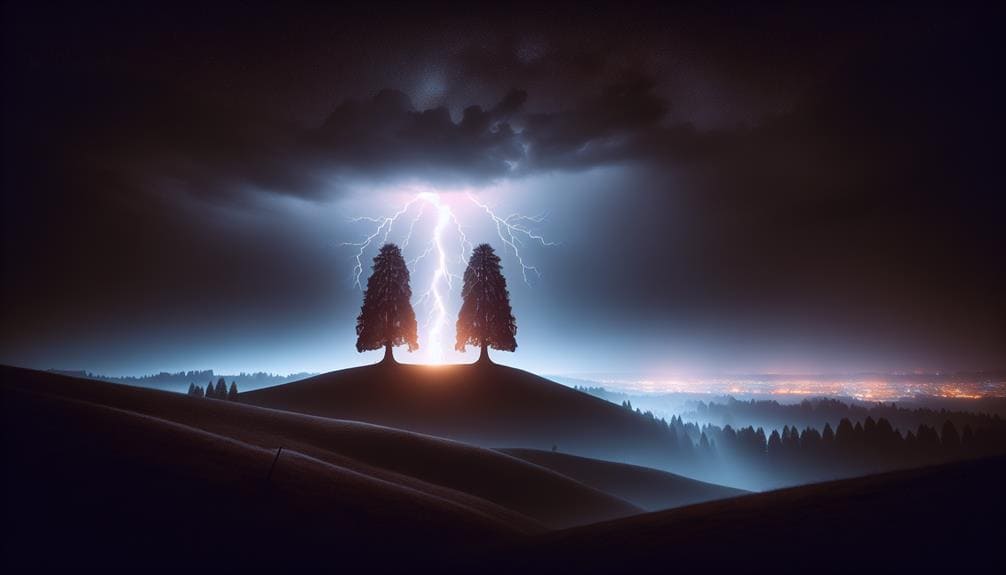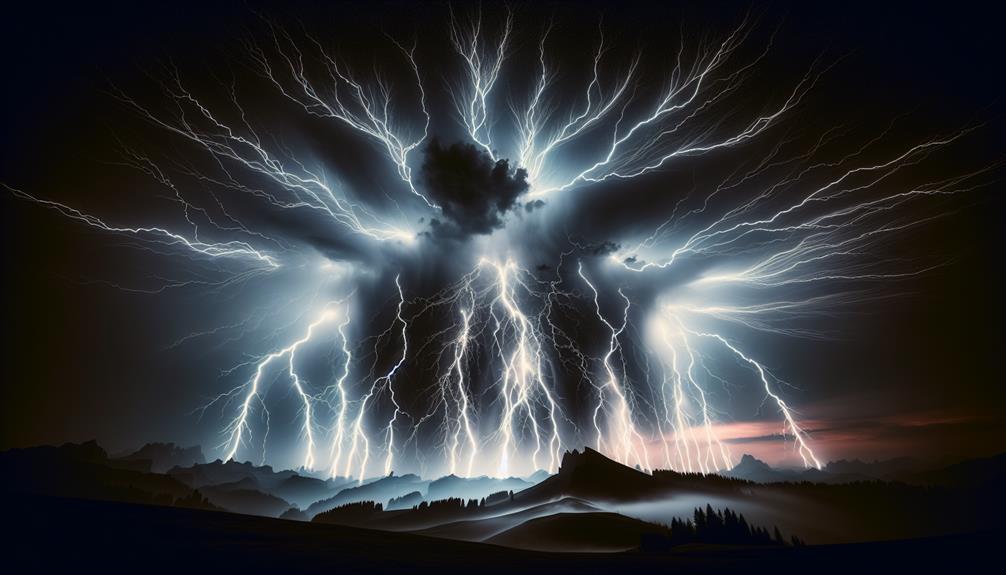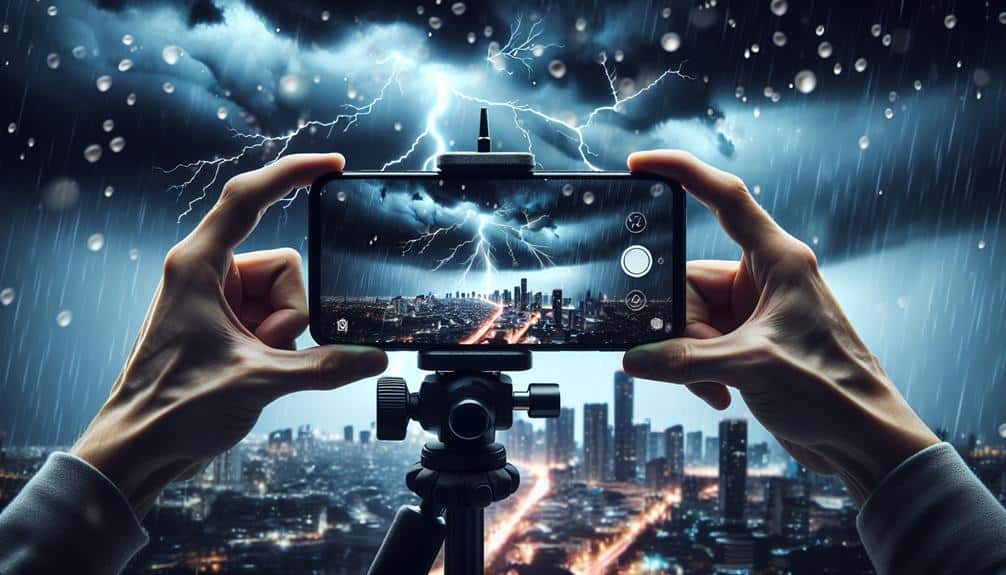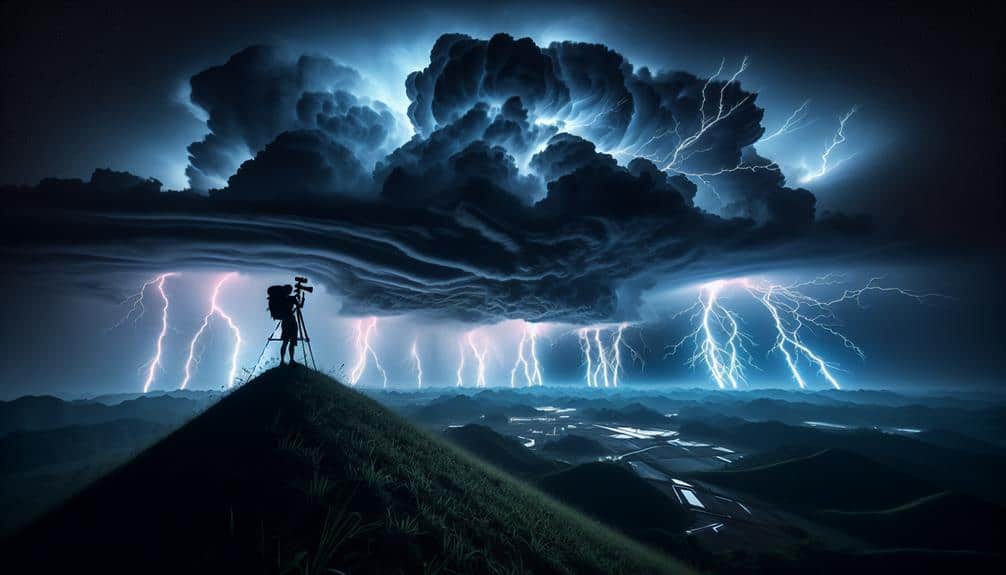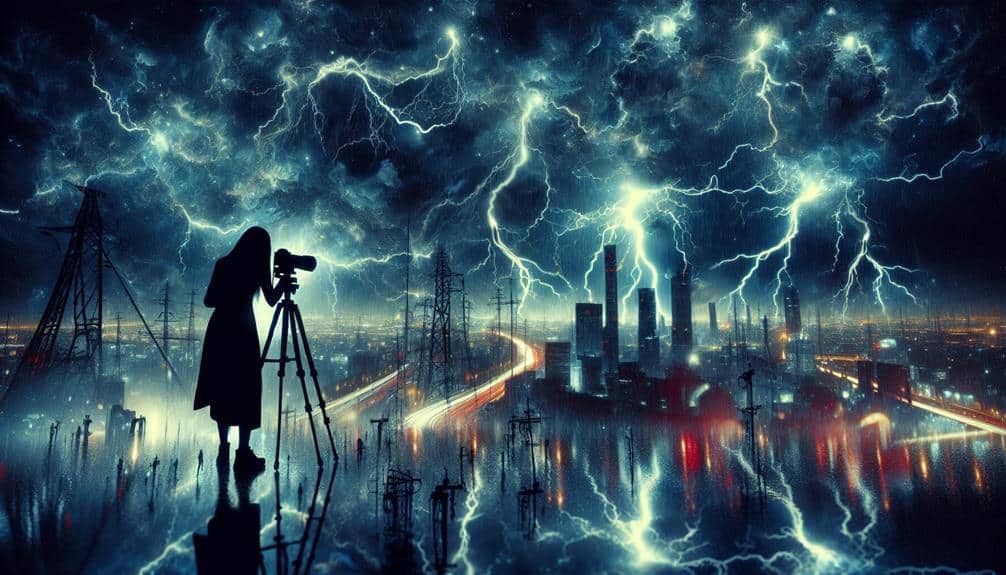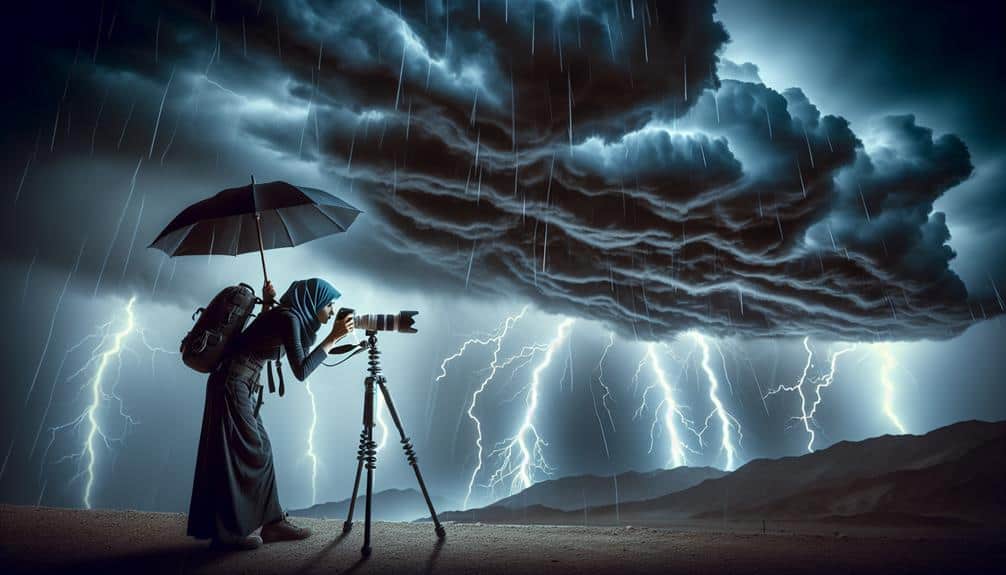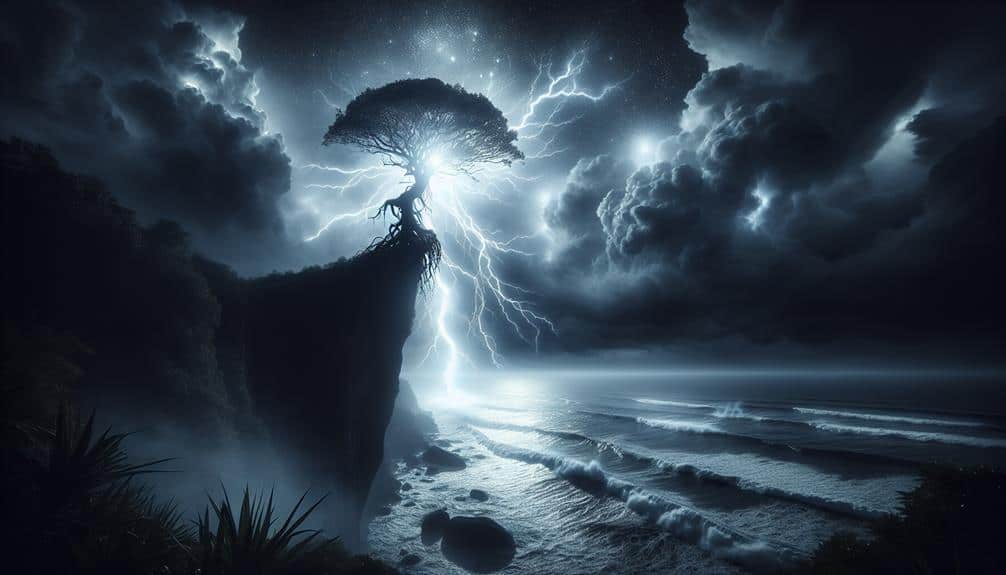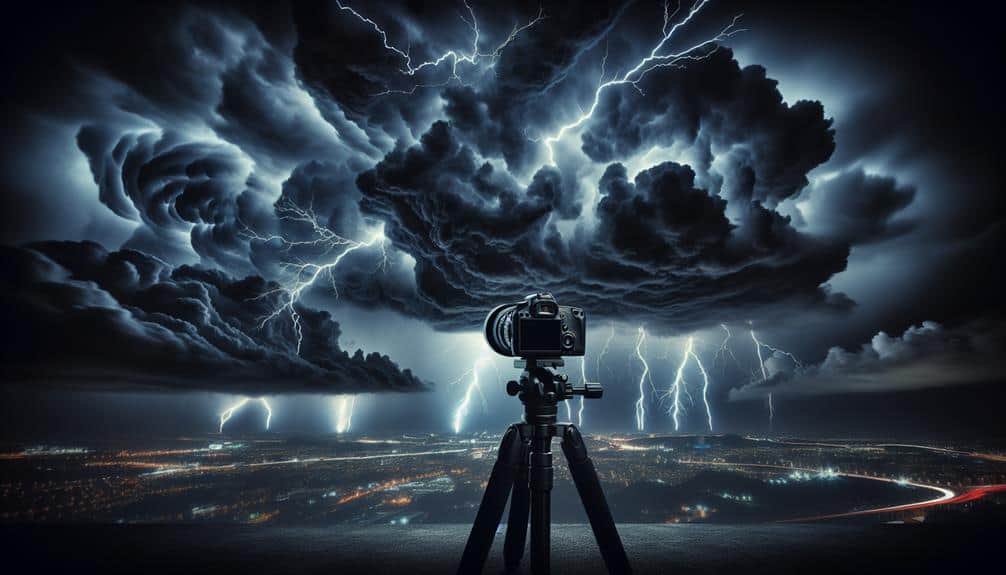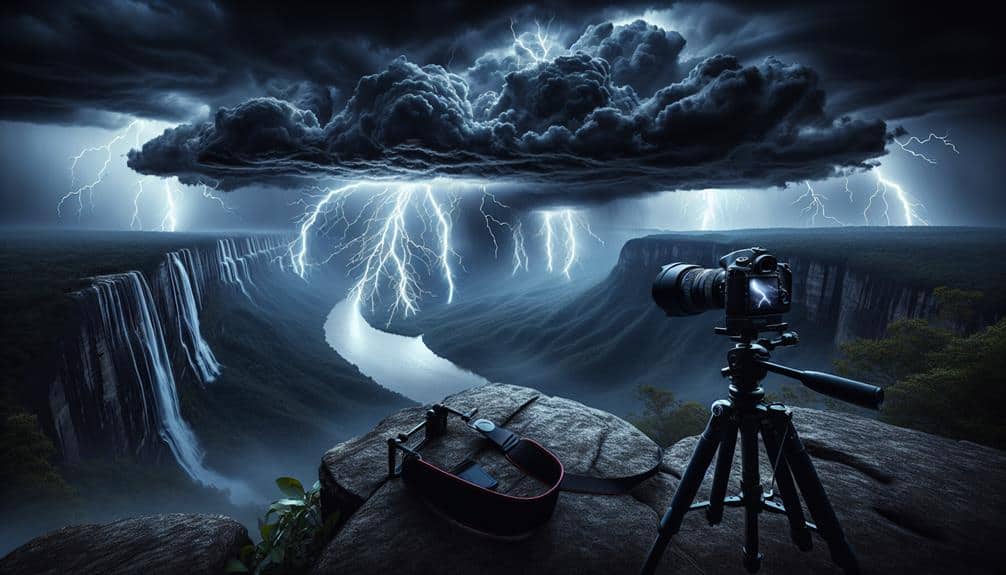Chasing Lightning Strikes in Remote Areas: A Guide
Chasing lightning strikes in remote areas requires us to carry essential gear like first aid kits, portable water filters, and GPS devices with topographic maps. We must conduct thorough risk assessments, identify shelters, and establish clear evacuation plans. The best locations include Venezuela's Catatumbo River and the Great Plains in the U.S., with ideal weather […]
Chasing Lightning Strikes in Remote Areas: A Guide Read More »
